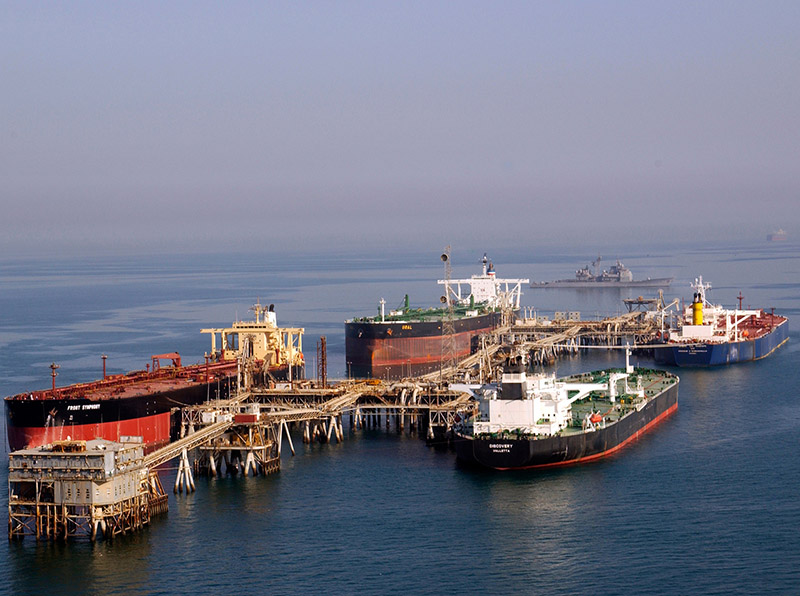Despite the fact that Saudi Arabia has reiterated its commitment to “stabilizing the global oil market,” the country indicated to its OPEC partners that production had increased to just over 10 million bbls. of oil per day in February.
The country insisted that its output was in line with OPEC production cuts, noting that “the difference between what the market observes as production and the actual supply levels in any given month is due to operational factors that are influenced by storage adjustments and other month-to-month variables.” Few took this convoluted argument to heart, believing instead that Saudi resolve is faltering.
This has implications for Saudi Aramco’s recently announced 2018 IPO, which places a valuation of some $2 trillion on the company. But, some analysts have put the valuation much lower, at $1 trillion to $1.5 trillion. To combat the lower valuation, Saudi Arabia recently announced a major cut of 50% on taxes on production.
Previously, Saudi Aramco had paid 85% tax, plus a 20% royalty levied at a different stage. The decree did not mention the royalty. This should help, but may not solve the problem. The reduced tax rate could add $1 trillion to Aramco's valuation (and billions to its bottom line), according to oil and gas consultants Rystad Energy. The company now values Saudi Aramco at $1.4 trillion, compared with its previous valuation of $400 billion.
So what does this have to do with oil prices? Well, it may have a lot to do with it. If Saudi Aramco cuts production to raise oil prices, it will encourage a ramp up of U.S. shale production. If it raises production, it forces down oil prices, lowering revenues and, possibly, valuation prior to the IPO. Given these factors, is there a good oil price for Saudi Aramco? Most pundits put that price at $60 bbl. That is the level that the OPEC heavyweight and its Gulf allies — the United Arab Emirates, Kuwait and Qatar — believe would encourage investment in new fields but not lead to a jump in U.S. shale output, according to sources consulted by Reuters.
If the pundits are correct and $60 oil is good for everyone and does not result in overproduction, where does that leave U.S. workboat demand and day rates? The answer is about where it is now.
A price of $60 bbl. is not enough to restart serious deepwater exploration nor encourage remedial work on the shelf. If anything, it will boost onshore shale production. Unfortunately, it looks as though the status quo will be around for at least another year.





